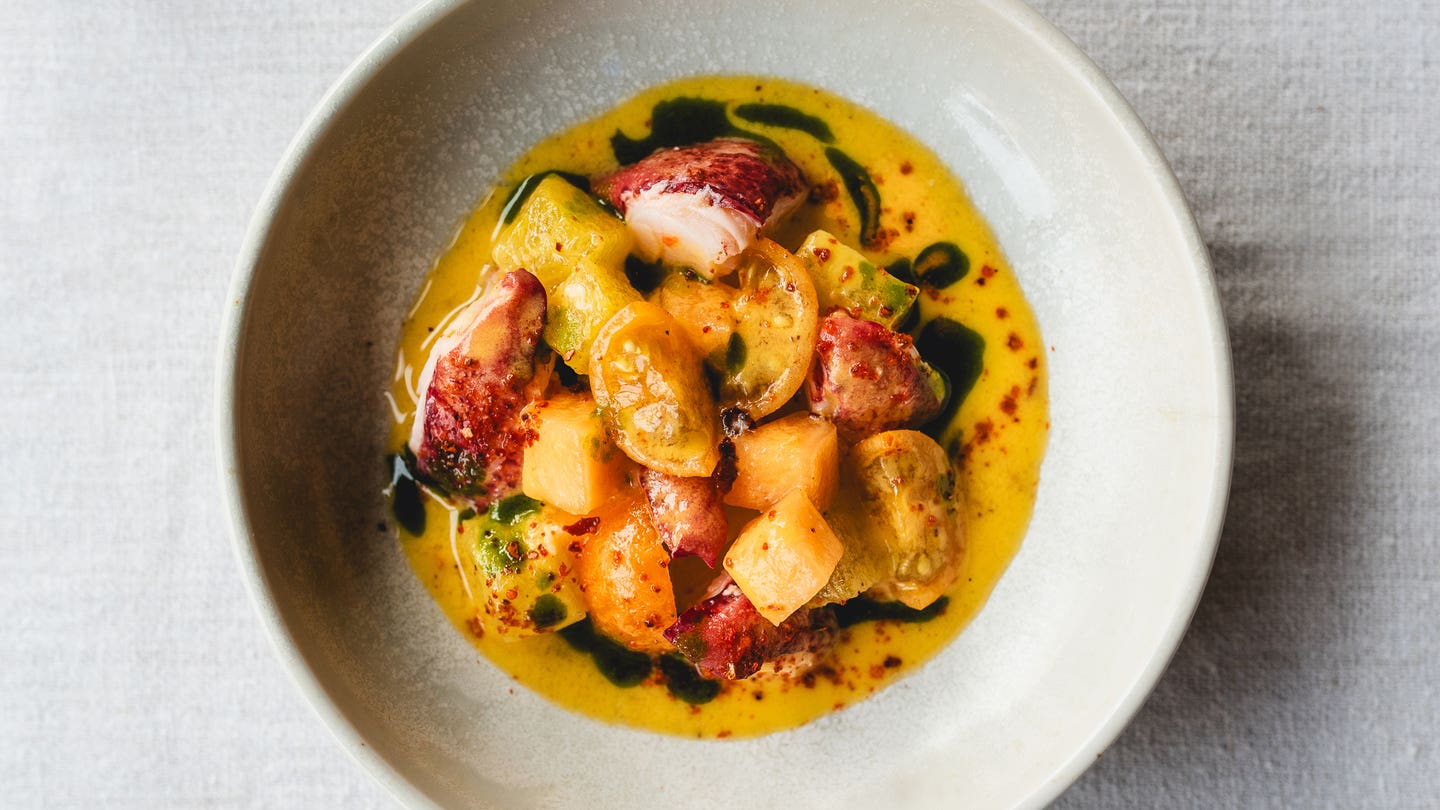
Love Me Tender
Imprinted with an odd-looking grid of cuts and indentations, the cube steak is a mystery of the supermarket meat case.
Imprinted with an odd-looking grid of cuts and indentations, the cube steak is a mystery of the supermarket meat case. What's the purpose of its manipulated texture, and how does it get that way in the first place? When I asked Ayoub Ahmad, the butcher at my local Met Foodmarket, in New York City, he took me back into his work space and started up a large metal machine with rotating teeth and blades. In went a thin-cut bottom round steak, which the blades pressed and slashed as it passed through to the other side. Then he rotated the steak 45 degrees and ran it through again. The meat emerged dotted all over with little square indentations; hence the name "cube" or "cubed". Dan Hale, a meat specialist at Texas A&M University, says that cube steak is the industry's answer to tough meat: the process gives butchers a way of transforming inexpensive cuts—usually from the lean round of a steer—into tender steaks that sell for ten to 50 cents more per pound. "The structure of meat is like the framework of a house: some of the beams are going across, some are going up," Hale said. "Cubing a steak disrupts the beams, pulling them apart, and this weakened structure makes it easier to cut or chew." Cube steaks are sometimes known as minute steaks. A 1959 advertisement from Swift & Co., a meat packer, called them "quick to broil or pan-fry [and] particularly hearty in the heart of a bun". Ahmad is of the same mind: "If I want something fast for lunch," he says, "I put it in a sandwich."
Keep Reading
Continue to Next Story










